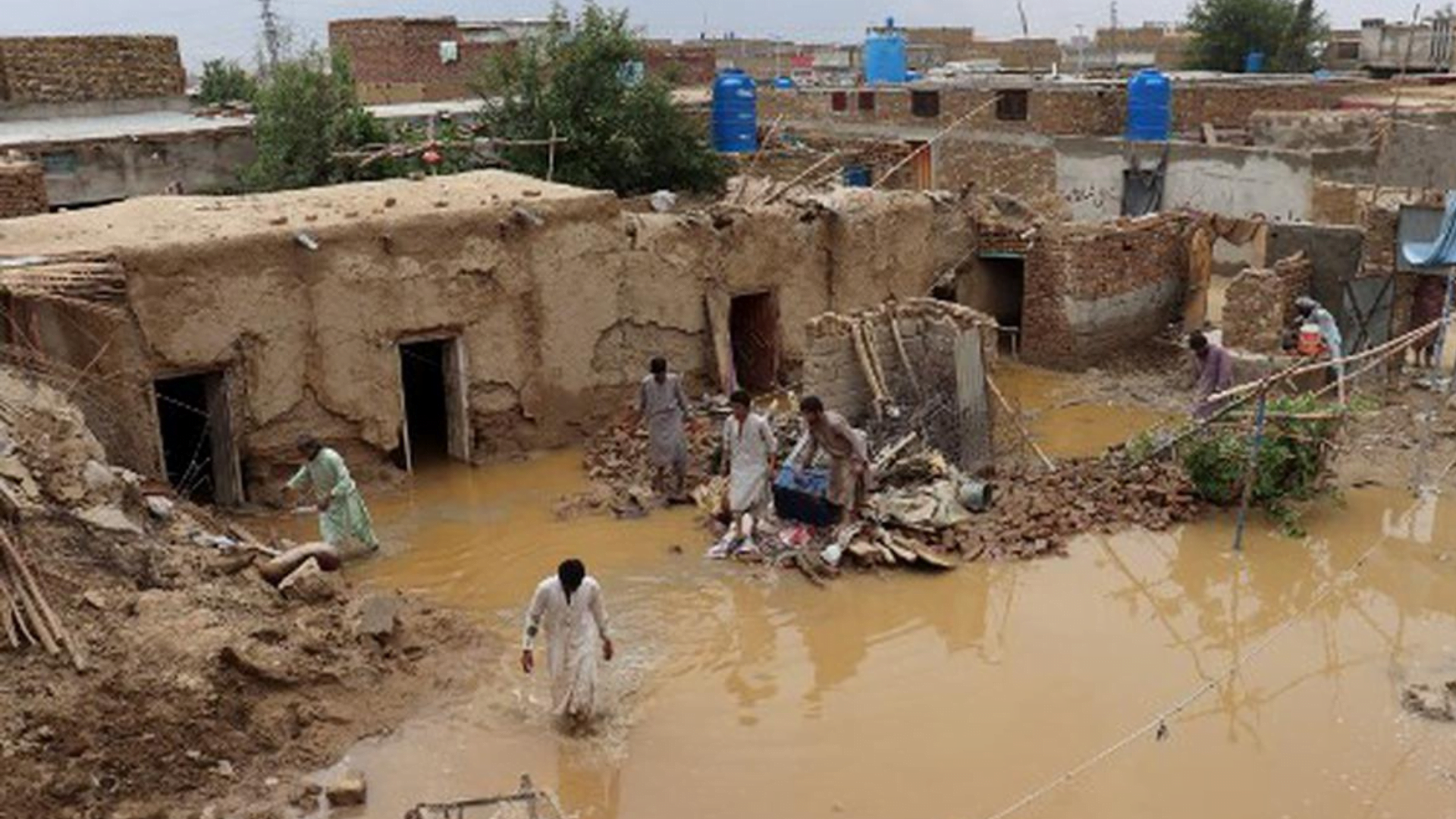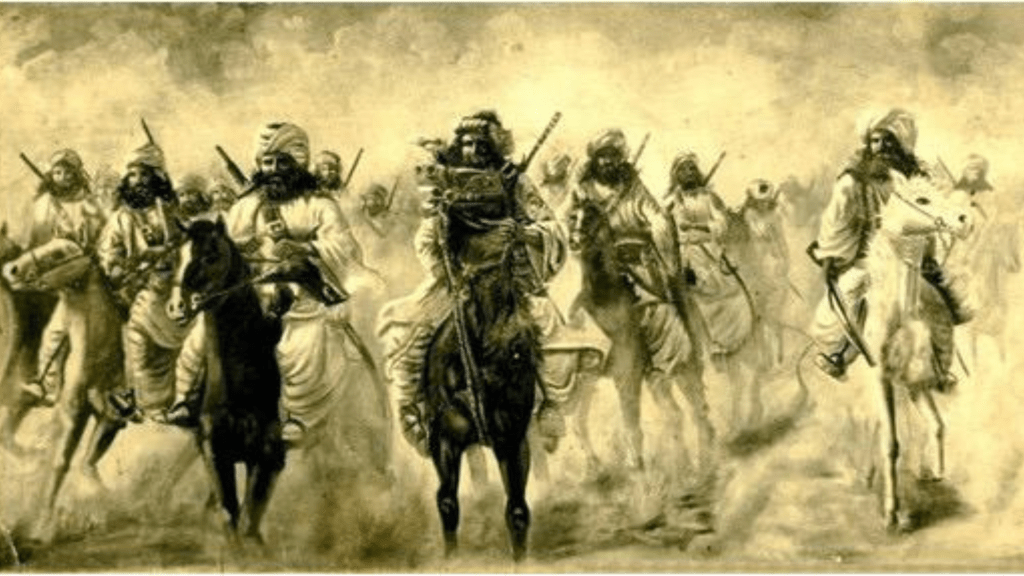The floods in Balochistan have left a trail of destruction and ruin. Years of infrastructural neglect and the absence of urban and rural planning have added to the severity of the devastation. Balochistan has for years shown signs of water shortage and deforestation that, with the added effect of climate change and unsustainable agricultural and water consumption practices, is getting worse after each passing year.
This natural and man-made disaster is causing miseries in Balochistan with a greater seriousness; each year, the loss of life and livestock and destruction to property are multiplying. This is a bad sign for the dwindling socioeconomic situation in Balochistan, one of the most impoverished regions in the world. If serious efforts are not made, an already bad situation will get significantly worse.
It’s true that in some areas the rainfall was unprecedented and the damage seemed a natural result of that, but a closer look will reveal that the years of apathy from the federal and provincial governments played a key role in increasing the devastation of the floods. There is serious a lack of mini dams, canals that could channelise torrential rain waters and urban and rural infrastructure, crucial to protect lives and property during heavy rains.
Moreover, the effects of climate change in Balochistan are as severe as it gets; prolonged periods of drought followed by devastating floods seem to be the new normal. These extreme weather patterns match what climate experts have been warning about for decades. Even though climate change is a global crisis, in Balochistan’s context, it will be more destructive because of the neglect of the powerful elite, endemic corruption at all levels, and an incompetent bureaucracy. The lack of representation of Balochistan on the federal level will exacerbate this calamity.
Furthermore, whenever Baloch voices lay out a list of grievances, the foremost issue they put forward is the neglect of the federal government and their complete disconnect from the issues of Balochistan. The Baloch are considered politically insignificant due to their meagre number of seats in the National Assembly. This neglect is also visible in the conduct and messaging of the mainstream media. One can see the disturbing images of the flood victims on social media but the traditional media takes interest only when a minister visits a site for photo op. For instance, bodies hanging on trees, people taking refuge on the rooftops of makeshift houses and begging for assistance from the government, and the drowned bodies of kids are painful to watch, but they rarely make it to the news bulletins of the major TV channels. Such indifference only reaffirms the concern and doubts of the Baloch that they are not considered equal citizens within Pakistan.
One would be living in fantasy land to be demanding long-term measures to mitigate the probable destruction in the future from such natural disasters. But to hope is human. If not taken seriously, Balochistan will be unlivable due to the extreme weather conditions triggered by climate change and years of mismanagement and poor planning. Therefore, it’s time that small dams are built, trees planted and water canals created to mitigate the effects of floods in future. The continued apathy will only aggravate the suffering of the people and add another chapter of grievances to the long history of neglect and unjust attitude of Islamabad towards Balochistan.
Sameer Mehrab is a writer and co-founder of Balochistan Times. He often depicts Balochistan's socio-political dilemmas in his fiction and poetry. He is based in Canada.



